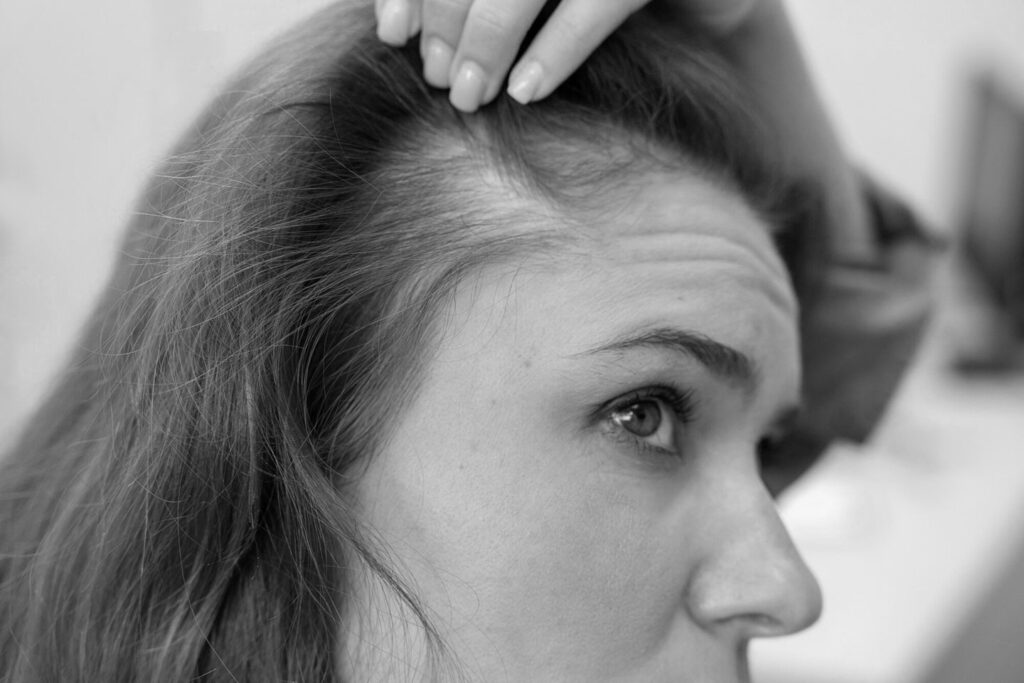Did you know that there are several hair microtransplant techniques, each with its own advantages and disadvantages? These procedures offer effective solutions for those looking to restore the volume and density of their hair. Below, we’ll explain the three most commonly used techniques: FUE, FUT, and microtransplantation with the Artas robot, to help you understand which may be the best option for your needs.
What is Hair Microtransplantation?
Hair microtransplantation is a surgical technique that allows hair to be restored in areas affected by alopecia or low hair density. This procedure can be applied to the scalp, eyebrows, beard, and eyelashes, providing a versatile and natural solution.
Today, the most popular techniques are Follicular Unit Extraction (FUE), Strip Technique (FUT), and Artas robot-assisted microimplantation. Let’s look at each of these techniques in detail.
FUE Technique: Follicular Unit Extraction
The FUE technique, or Follicular Unit Extraction, is one of the most advanced options in hair microimplantation. This procedure consists of extracting follicular units one by one from the donor area, usually the back or side of the scalp, using a small cylindrical instrument (punch). This method leaves no linear scars, as it doesn’t require strip cuts, which facilitates a faster and less visible recovery.
Benefits of the FUE Technique:
-
- Less scarring: The small incisions allow for quick, uneven healing. visible.
-
- Versatility in the donor area: It is possible to extract follicles from other areas, such as beard or chest, if the main donor area is limited.
-
- Natural results: Follicles implant in the natural direction of hair growth, achieving an aesthetic result.
Limitations:
-
- Duration: The individual extraction of each follicle makes The procedure may take longer than other methods.
-
- Cost: This is a more expensive technique due to its level of precision and time.
FUT/FUSS Technique: Follicular Unit Strip Transplantation
The FUT technique, also known as FUSS (Follicular Unit Strip Surgery), involves removing a strip of scalp from the donor area and then separating the follicular units that will be implanted in the recipient area. Although more traditional, this technique is still useful, especially in cases that require a large number of grafts in less time.
Advantages:
- Greater number of grafts in a single session: Ideal for extensive alopecia.
- More affordable: Because it requires fewer sessions compared to FUE.
Disadvantages:
- Visible linear scarring: May be inconvenient for those who wear short hair.
- Slower recovery: More invasive than other techniques.
Hair Microimplantation with the Artas Robot
The Artas robot represents cutting-edge technology in the field of hair medicine. This automated system allows for precise follicle extraction, reducing procedure time and minimizing the risk of human error. During the procedure, the surgeon controls the robot, which identifies and selects the highest quality follicles to ensure optimal results.
Benefits of Microimplantation with Artas:
-
- Increased precision and efficiency: By automating the extraction, the robot optimizes Using the donor area, reducing time and increasing the success rate of transplanted follicles.
-
- Less invasiveness and scarring: Like the FUE technique, the Artas robot leaves no visible scars and allows for a faster recovery.
Possible limitations:
-
- High cost: Artas’ advanced technology can increase the cost of the procedure.
-
- Limited Availability: Not all clinics have this equipment, so it’s important to check availability.
Conclusion: Which Technique is Best for You?
The choice of hair microtransplant technique will depend on each particular case, and it’s essential to consider both the advantages and limitations of each method. The FUE technique remains the most recommended for those seeking a natural result and a recovery without visible scars, while the Artas robot is an advanced option for achieving greater precision in less time.
On the other hand, the FUT technique allows for coverage of large areas and is often an alternative for those who need a large number of grafts and are not afraid of a linear scar, as long as they can handle a longer recovery time. Finally, although the FUSS technique is effective, it has largely fallen into disuse today due to its invasive nature and the scarring it leaves. It is recommended only in specific cases where cost is a considerable limitation.
At D’Atri Medicina Capilar, we offer a detailed evaluation to help you decide which technique is most appropriate for your needs and goals. With our experience and team of specialists, we will help you achieve the best results from your hair treatment. Are you ready to recover your hair and confidence? Consult with us and discover your best option!

